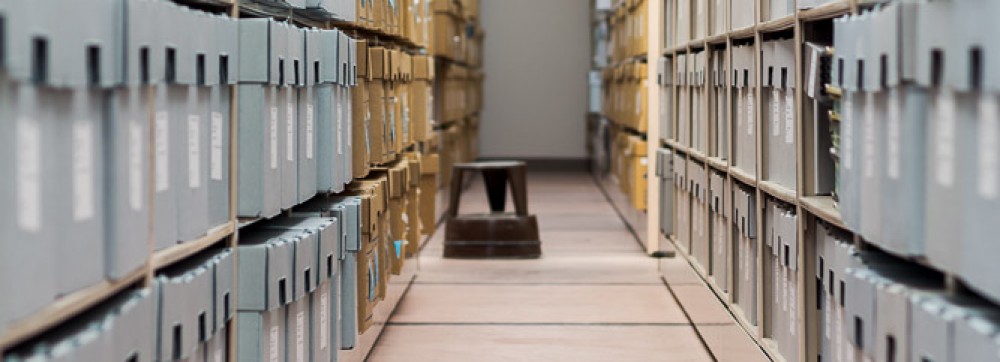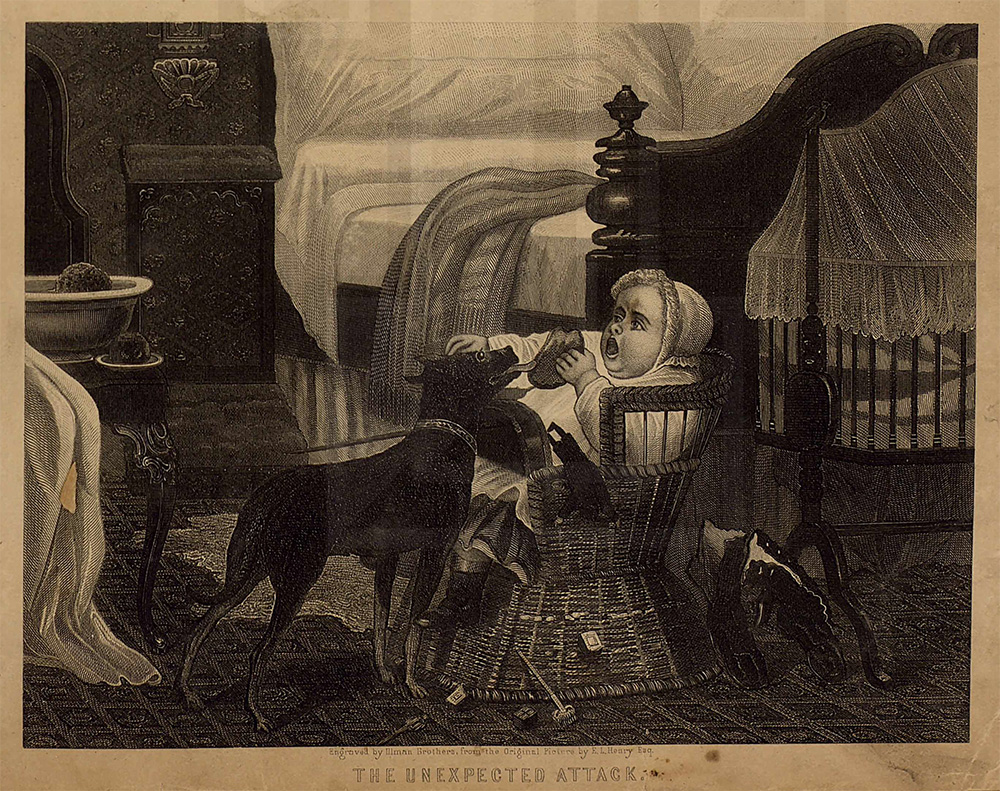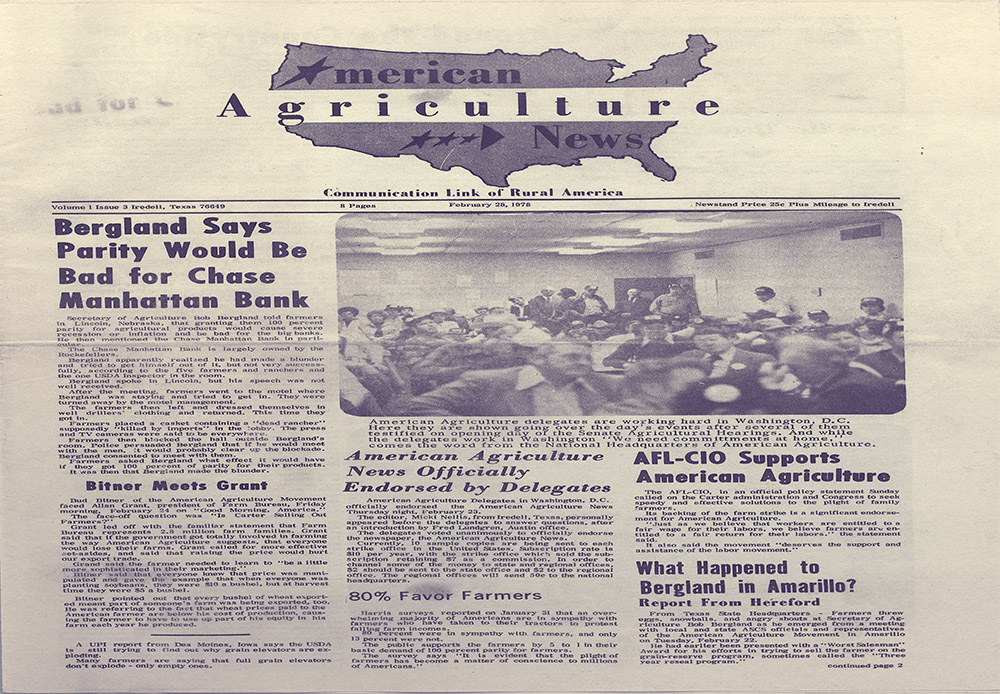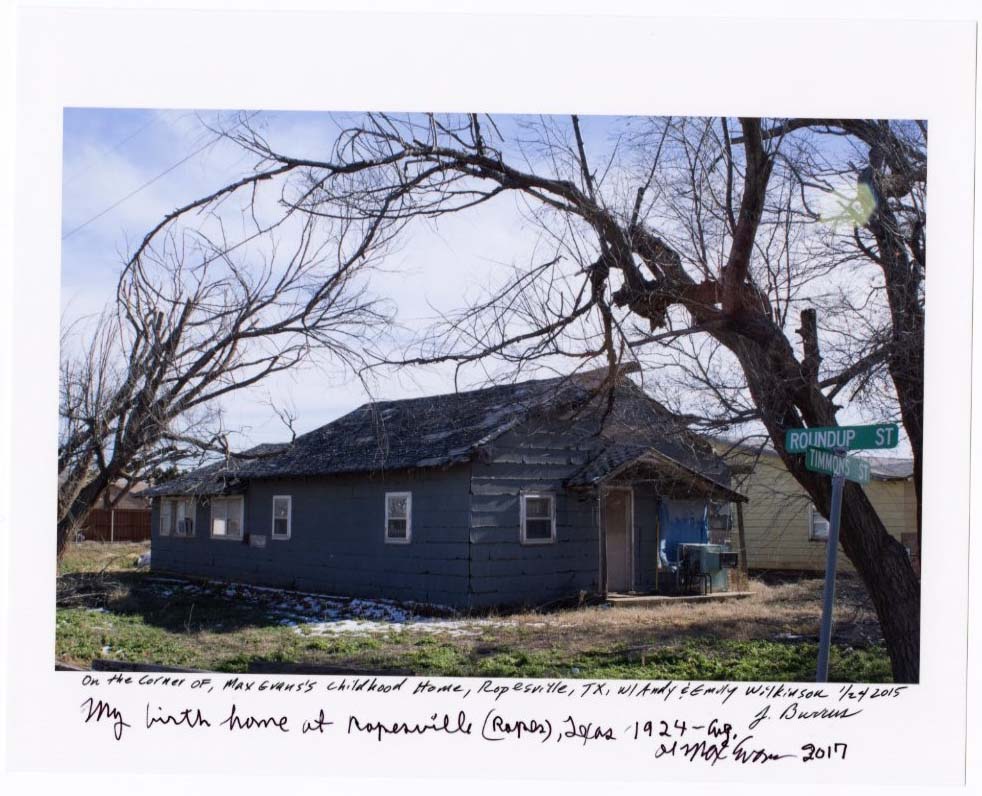
The Southwest Collection has recently been processing new manuscript materials from Olga Aguero and the late Bidal Aguero. The materials, consisting of photographs, newspapers, business records, and correspondences, highlight the vital and lasting impact of Chicano publications and culture in Lubbock and its surrounding areas. The diverse collection will contribute to Bidal Aguero’s pre-existing Papers as well as other Southwest Collection holdings that include the Miss Hispanic Lubbock Papers, the Lubbock Hispanic Chamber of Commerce Records, the digitized run of El Editor—the South Plains’ Spanish-language newspaper—and other important bi-lingual publications such as the West Texas Hispanic News. Historical gems such as a letter from Bidal Aguero to the Fiestas planning committee in 1977 illustrate how Mexican-Americans organized to create culturally relevant events for the Lubbock community while navigating political ambitions.
A Chicano activist, publisher, and businessperson, Bidal Aguero graduated from Texas Tech University in 1972. While at Texas Tech he joined the student organization Los Tertulianos and later assisted in founding the Texas Tech chapter of Movimiento Estudiantil Chicana/o de Aztlán (MECHA). In 1972 Aguero was instrumental in founding COMA (Commerciantes Organizacion Mexicano Americano), the Mexican American Chamber of Commerce, and he was heavily involved in political movements and community organizing in Lubbock and the surrounding areas. Moreover, he found and published the bilingual newspaper El Editor, a publication that highlighted and addressed issues related to the Latinx communities in the region. The newspaper has had a lasting impact in Lubbock and remains a cornerstone of Chicano cultural productions in the South Plains.
A native of Wilson, Texas, Olga Aguero is a Chicana activist and business owner. After high school, she worked with seasonal farmworkers in the Texas South Plains as well as for the Southwest Voter Registration Education Project. After this effort, she began working for El Editor. She also worked for the Texas Tech University Press, became the first female president of Lubbock’s LULAC chapter, and now leads El Editor. Moreover, she was a co-founder of the regions Hispanic Association of Women. Olga and Bidal’s Papers reflect their long history of activism, community engagement, and publishing in Lubbock and the surrounding South Plains region.

Many of the artifacts included in the Bidal and Olga Aguero Papers relate to El Editor and their other publishing endeavors with Amigo Publications,and illustrate the history of Chicano publications in Lubbock. The first edition of El Editor, along with announcements of publication for the newspaper and El Portovoz, a bi-monthly Chicano magazine, showcase Chicano printing culture in the 1970s. Volume One of El Editor, published on October 12, 1977, introduces the newspaper to its readers and features a story written in Spanish about the ordination of 14 priests, while detailing the adverse living conditions that the community of Barrio Arnett-Benson faced in English text. The bilingual edition invokes Mesoamerican iconography typical to Chicano publications during that time and speaks to some of the issues concerning Mexican-Americans in 1970s Lubbock. Furthermore, the announcements demonstrate the purpose and goals of such publications: El Portavoz and El Editor will “reflect the rich cultural heritage of the Chicano in the United States.”
The Bidal and Olga Aguero Papers also document the history of various Chicano, Hispanic, and Mexican-American organizations in Texas. It contains correspondence, photos, conference programs, political party platforms, and flyers for organizations such as the Hispanic Association of Women, La Raza Unida, and COMA. One interesting item is the directory from COMA, which explains that the item is “the first of its kind every printed in Texas or the nation. . . . The purpose of this directory is to promote the Mexican American businesses.”
Photos in the collection helped capture the moment in other ways, and include women such as Maria Mercado, Esther Zepeda, and Carmen Salazar. There is a conference program for the 3rd Annual Hispanic Women’s Conference held in 1984, an event that attracted hundreds of Hispanic women from Lubbock and area small towns. The conference schedule details workshops that addressed child abuse, accessorizing, trauma, financial planning, and strategies to navigate a patriarchal work place.
Other items highlight the political and economic impact of Chicanos, Mexican-Americans, and Hispanics. A program for the Raza Unida Party’s State Convention in 1976 serves as evidence or Lubbock Chicanos’ engagement in statewide political movements. The state convention included 6 delegates from Lubbock. In fact, the whole event was led by current Lubbock City Council member, Juan Chadis.

If you’d like to view the papers of Bidal Aguero, or these other treasures from our holdings, don’t hesitate to contact our Reference Department and they will get you set up!








 Hermine was born on January 13, 1921, in San Antonio, Texas, and after her primary education attended Incarnate Word College in San Antonio, and the University of San Antonio (now Trinity University.) She went on to obtain her law degree from the University of Texas School of Law. Soon after graduation, despite repeated instances of facing blatant discrimination, she opened a private law practice in San Antonio.
Hermine was born on January 13, 1921, in San Antonio, Texas, and after her primary education attended Incarnate Word College in San Antonio, and the University of San Antonio (now Trinity University.) She went on to obtain her law degree from the University of Texas School of Law. Soon after graduation, despite repeated instances of facing blatant discrimination, she opened a private law practice in San Antonio.





































 And so they set to work in 2014, applying the standards of the National Park Service’s Historic American Buildings Survey to the “Coke Stevenson Ranch Log Cabin,” as the final report titled it. The images here depict some of the results of their survey. Although these are hand-drawn, the Southwest Collection houses many of the digital 3D models and architectural renderings that Louden and White created.
And so they set to work in 2014, applying the standards of the National Park Service’s Historic American Buildings Survey to the “Coke Stevenson Ranch Log Cabin,” as the final report titled it. The images here depict some of the results of their survey. Although these are hand-drawn, the Southwest Collection houses many of the digital 3D models and architectural renderings that Louden and White created. So what did they learn? A lot about the structure itself, for one thing. It measured 14’ by 16’, with no interior walls (a “single pen-type,” as they described it.) It had been moved 100 yards from its original site to the shelter of the barn where it still rests atop several vertical log supports. Its roof had been removed, leaving no evidence of its shape or how it had been joined to the rest of the cabin. It also sported an amusing set of painted ducks on its north side.
So what did they learn? A lot about the structure itself, for one thing. It measured 14’ by 16’, with no interior walls (a “single pen-type,” as they described it.) It had been moved 100 yards from its original site to the shelter of the barn where it still rests atop several vertical log supports. Its roof had been removed, leaving no evidence of its shape or how it had been joined to the rest of the cabin. It also sported an amusing set of painted ducks on its north side.





